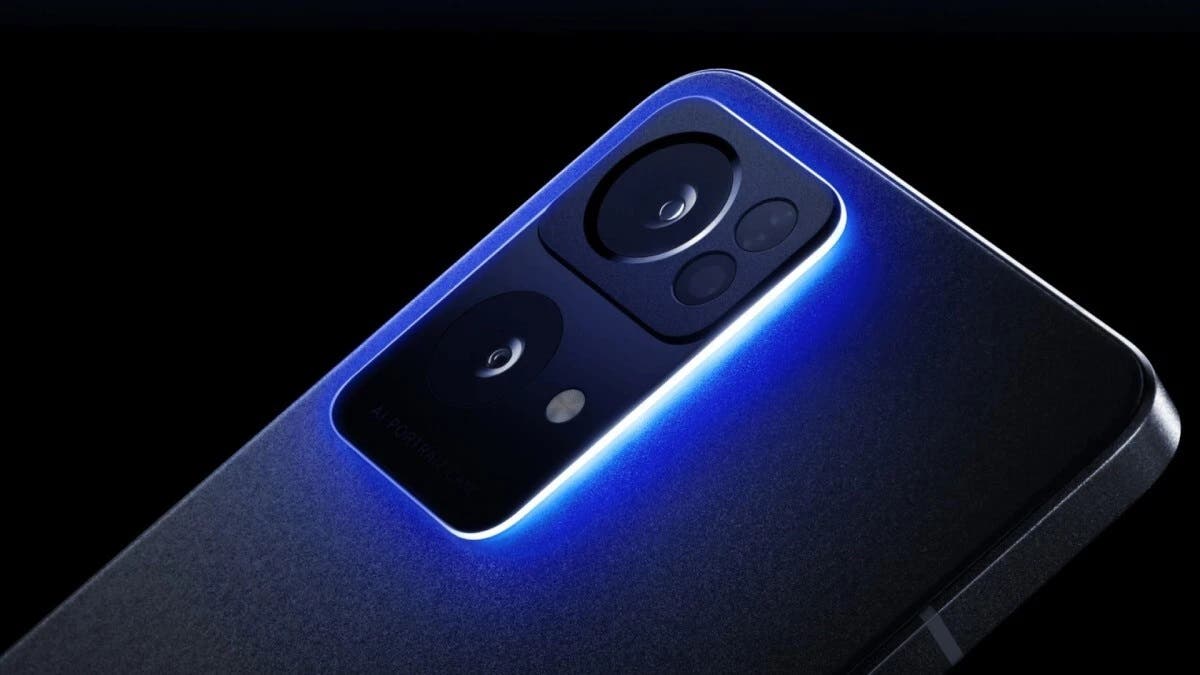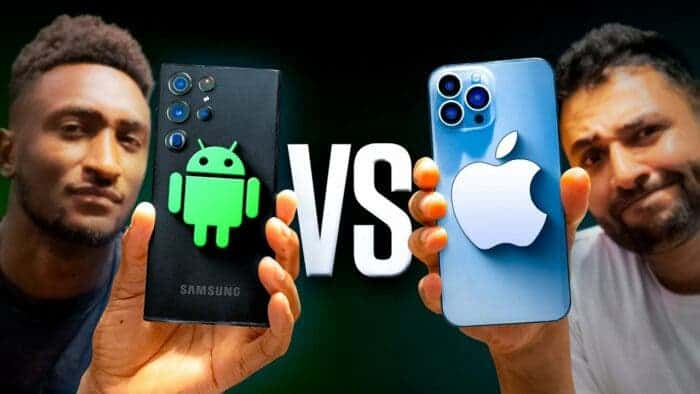I’ve experienced a lot since using the Sony Ericsson Xperia Neo V, including numerous Android and iPhone models. While Android has many advantages, I miss one feature that’s not even software related. It’s the LED notifications, a small light at the top of the phone that tells you if you have any pending notifications without unlocking the device. It’s similar to the ‘Always On Display’ feature, but uses less battery. This feature wasn’t just on iPhones, but has gradually disappeared from Android.
If you haven’t experienced the time when Android phones with LED notifications were popular, or if you simply don’t recall it, I do. During that period, there was a lot of customization available. In most cases, anyway.
Like many Android features today, it was somewhat dependent on the manufacturer. Sometimes, we could find the options in the settings. While other times, we had to look for them within the apps themselves. Alternatively, we had to download a third party app to access them. However, in the most complete versions, we had the freedom to customize the LED notifications.
I recall being able to select a color for each application, within certain limits, of course. There was a range of colors available, including white, orange, green, blue, and purple lights. Some phones supported numerous types of lights, which meant that we could configure as many as we desired. Choosing green for WhatsApp was the most obvious, although not all phones could do it.
Top iPhone Feature I Missed When Switching to Android

The primary purpose of this luminous feature was to alert us to notifications without having to touch our phones. Even if our phones were out of reach and completely silent, the LED would be visible, and we would know what we had received.
Over time, we’ve seen advancements in various aspects of mobile phones, including cameras, screens, and batteries. However, neglecting small details like LED notifications isn’t ideal. It might not be a crucial element, but it’s highly useful, and we should continue to make room for it.
The notification LED vanished without any explanation. Probably, it was removed to optimize space on the front of mobile phones and give the screen more prominence. Only the camera and speaker remain. With the former embedded in the upper part of the panel and the latter occasionally situated below it.
Despite this, I suspect that cost savings also played a role in its elimination. Unfortunately, I don’t have any figures to determine how much it would cost the manufacturer to add a small LED. However, I understand that any possible savings, no matter how small, are welcomed by companies. Moreover, I acknowledge that we didn’t demand its return either, even though many of us privately wish for it.
LED notifications on smartphones

Most Android phones today have ignored the notification LED function, and instead, implement similar options with the rear camera flash or rely on the always on display. Unfortunately, most don’t even offer a replacement for it.
Currently, only a few manufacturers continue to offer it, and not in all their ranges. Xiaomi is one of the last examples, and it has been one of the few manufacturers who have continued to offer it. However, in their most recent phones, it is absent.
Instead, we have a modern successor to the notification LED. Integrating LEDs on the back of the phone that accept configurations similar to those offered by the LED. One of the first examples of this was the OPPO Reno 7 Pro, which integrated a small strip of LEDs around its rear camera module.
The Nothing Phone (1) has had the most significant impact. Using LEDs as a differentiation element that occupies the entire back of the phone. The Unihertz Luna has already imitated this design, and it’s considered one of the rarest phones seen at MWC 2023. Nevertheless, it’s a unique and appreciated proposal.
Another example is the Realme GT3, the global version of the Chinese Realme GT Neo 5. This device features a small window on its back with RGB lights. Which is another interesting proposal that can encourage other manufacturers to modernize the notification LED.
However, one thing has changed from the LED of yesteryear to what we see now. While we may gain in design, we lose in comfort. If you look closely, the three examples mentioned above fix the lights on the back. Therefore, if we usually place our phones face up on a surface, it won’t be very helpful.
Other iPhone things missing on Android phones
iPhones have some features that are not available on most Android devices. These include iMessage, a messaging service available to Apple users, AirDrop, a feature that allows file sharing between Apple devices, and FaceTime, a video calling service available to Apple users. Additionally, Apple Pay, a mobile payment service exclusive to Apple devices, is not available on Android devices. Finally, Apple devices receive OS updates faster than most Android devices. Which may not receive timely updates due to the approval process by the device manufacturer and carrier. Here are some other points:
- iOS is more secure than Android.
- iPhones receive regular and timely OS updates.
- Apple’s App Store has more strict quality control.
- iPhones have a more uniform and fluid user experience.
- iPhones support other Apple products.
- iPhones have better build quality.
- Apple provides better customer support.
- iPhones retain their resale value better than Android phones.
- iPhones have better battery optimization and management.
- Apple’s system provides a more fluid experience for users.





